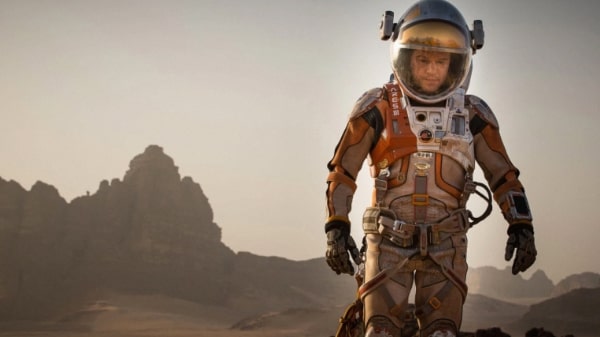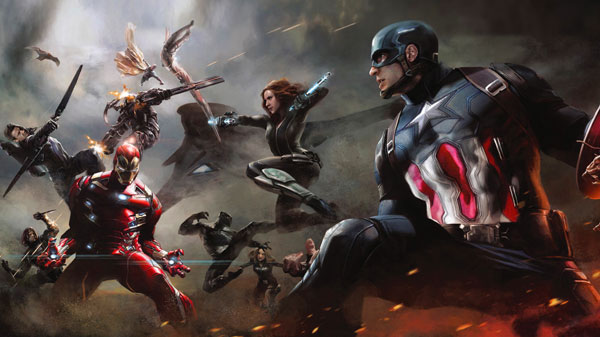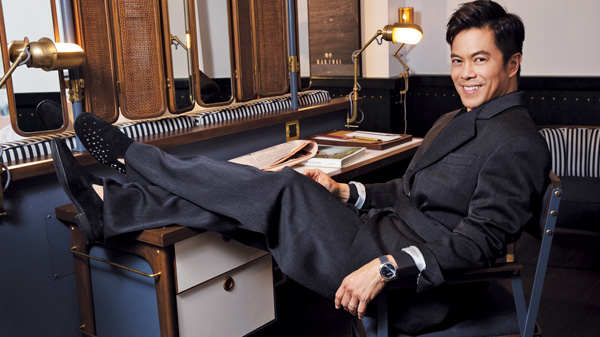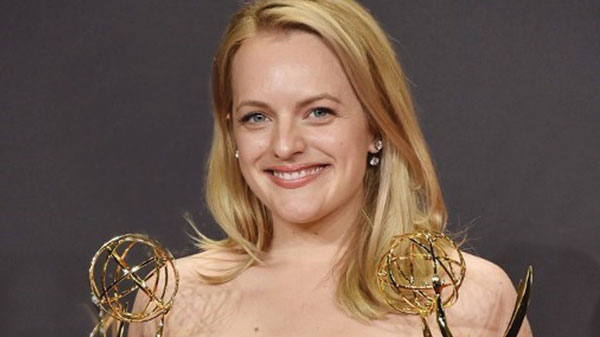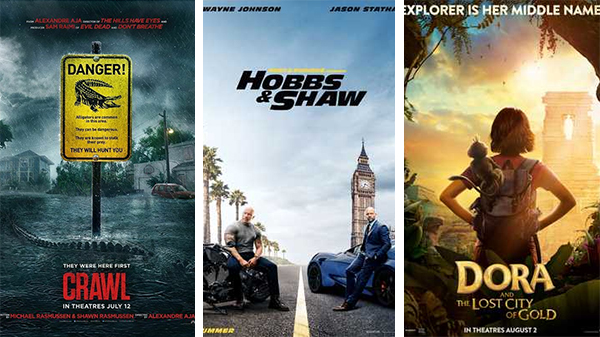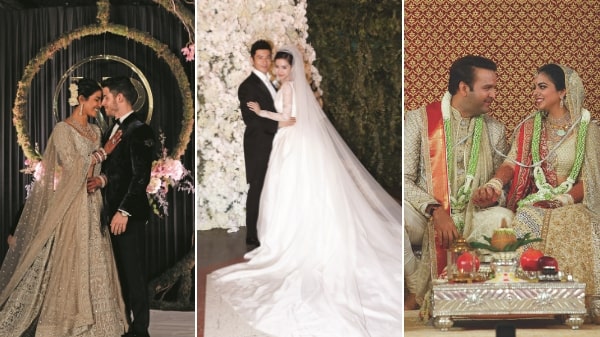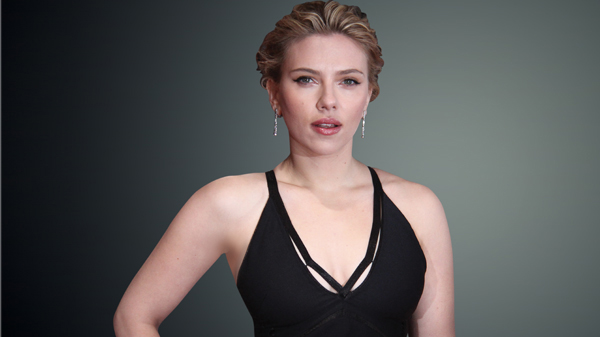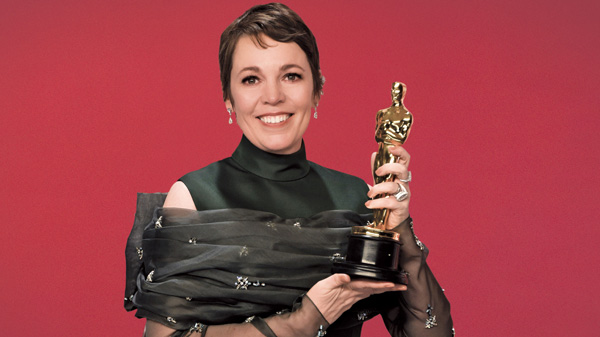Imagine missing out on earning a cool US$250 million. That’s the nightmare that actor Matt Damon recently revealed to be his biggest career regret. The sizeable amount would have been his payout had he accepted the starring role in director James Cameron’s smash sci-fi hit, Avatar (2009), which held the record for being the highest-grossing film of all time for nearly a decade until it was dethroned by Marvel’s Avengers: Endgame earlier this year.

Speaking on this missed opportunity, Damon said: “Jim Cameron offered me Avatar. And when he offered it to me, he goes, ‘Now, listen. I don’t need anybody. I don’t need a name for this, a named actor. If you don’t take this, I’m going to find an unknown actor and give it to him, because the movie doesn’t really need you. But if you take the part, I’ll give you 10 percent…’”
Given that Avatar would go on to rake in a staggering US$2.7 billion, that 10 percent would have equated to a quarter of a billion dollars in the actor’s pocket. As fate would have it, though, he ultimately turned down this golden goose opportunity due to scheduling conflicts. However, massive payday aside, he had a bigger regret: “In having to say no, I was probably passing on the chance to ever work with him. So that sucked and that’s still brutal.”

While he may have missed out on this hugely-lucrative role, that’s not to say that Matt Damon is destitute by a long shot. In fact, as of 2019, his current wealth is valued at a respectable US$160 million, according to Forbes, which ranks him as one of Tinseltown’s highest-earning leading men. What’s more, the experienced 49-year-old thespian has enjoyed what few other of his ilk have managed – the perfect balancing act between Hollywood longevity and personal happiness.
But it seems big screen success was always in the cards for him. Matthew Paige Damon – as his birth certificate reads – was born on 8 October 1970 in Cambridge, Massachusetts, as the second son of Kent Telfer Damon, a stockbroker, and Nancy Carlsson-Paige, a professor of early childhood education. With his parents divorcing when he was just two and his subsequent inability to embrace his mother’s “by the book” child-rearing approach, the lonely youth saw acting as his sole reprieve. It was through his high school theatre productions that Damon finally found his true calling, while also meeting fellow thespian and life-long friend Ben Affleck in the process.

Soon thereafter, his scholastic aptitude saw him enroll at the prestigious Harvard University where, during his freshman year, the aspiring actor made his big screen debut with a bit part in the 1988 rom-com Mystic Pizza. When he was subsequently cast as Lieutenant Britton Davis in the 1993 Western Geronimo: An American Legend, Damon chose to drop out of university to pursue the role, deeming it a career-maker. Sadly, the film flopped at the box office, and it wasn’t until 1997 that he finally caught the attention of the world’s cinemagoers.
That was the year that Good Will Hunting – penned by Matt Damon and his childhood pal Affleck – hit the silver screen. The tale, which follows the journey of an MIT janitor-cum-mathematics savant (Damon) as he finds his place in the world, was to be his first taste of cinematic success, with the then-27-year-old receiving his first nominations for Best Actor, while also winning the accolades for Best Original Screenplay at both the Academy Awards and Golden Globes that year.

After that, his star was unquestionably on the rise, as he set about solidifying his reputation as a true Hollywood A-lister through a series of critically-acclaimed performances such as the eponymous protagonist in Saving Private Ryan (1998), a fallen angel in Dogma (1999) and the antihero in The Talented Mr Ripley (1999).
It was during the following decade, though, that he truly entered the big league, thanks largely to his participation in several big budget franchises. His first franchise role was in the heist movie, Ocean’s Eleven (2001), where he starred alongside such Hollywood luminaries as Brad Pitt, George Clooney, Julia Roberts and Andy Garcia. The movie’s blend of fast-paced action and charismatic dialogue was such a success that it spawned three more sequels.

But it was another franchise-starter that transformed the actor into a bona fide action star – The Bourne Identity (2001), the spy action film that saw Damon take on the mantle of Jason Bourne, a superspy suffering from amnesia who has to avoid assassins on his journey to regaining his identity. Another box-office hit, it spawned four sequels that collectively grossed US$1.6 billion worldwide.
Soon thereafter, following a series of high-profile romances with actresses like Minnie Driver, Winona Ryder and Rhona Mitra, Matt Damon finally found true love away from the limelight with Luciana Barroso, a bartender he had met while filming Stuck on You in Miami in 2003. The couple wed in 2005, and are now the proud parents of four daughters, including Barroso’s child from a previous relationship.

With the new insight gained from becoming a father, the actor discovered a passion for humanitarian work, particularly in the field of clean water initiatives. To combat this crisis, Damon co-founded H20 Africa Foundation, an NGO dedicated to providing clean water to the needy in Africa. The organisation eventually merged with another charitable body, WaterPartners, to form what is now known as Water.org in 2009, whose mission statement is to “pioneer market-driven financial solutions to end the global water crisis”. The big-hearted actor is also a keen supporter of other causes, including combating AIDS, poverty and war atrocities through a number of other organisations.
But that’s not to say that he’s allowed his onscreen career to languish. In the last decade alone, he’s garnered praise for such diverse roles as that of South African rugby team captain Francois Pienaar in 2009’s Invictus (which saw him nominated for Best Supporting Actor at both the Golden Globes and the Oscars), a Texas Ranger in the Coen Brothers’ 2010 Western True Grit, and a castaway astronaut in not one, but two sci-fi hits – Interstellar (2014) and The Martian (2015).

Next up, though, Damon will have his feet back on terra firma, appearing in the historic biopic Ford v Ferrari in the role of Carroll Shelby, the famed US car designer who, together with Henry Ford II of Ford Motors, aims for an underdog victory against Italian motoring marque Scuderia Ferrari at the prestigious Le Mans race.
After that, the A-lister looks set to reunite with his old pal Affleck to co-write a script 22 years after their previous effort, the afore-mentioned Good Will Hunting, catapulted both actors to superstardom. Their upcoming collaboration with producer-director Ridley Scott and Oscar-nominated writer-director Nicole Holofcener, tentatively titled The Last Duel, will see Damon travel not to the stars, but to the distant past this time – the 14th century to be exact – in a story of a ‘duel to end all duels’ between a knight and a courtier.
While there’s little concrete information on that particular project, the all-star power behind it suggests that something truly special could be in the making – one that will allow audiences worldwide to remember just what makes Matt Damon such a Bourne star.
Text: Tenzing Thondup
Photos: AFP



